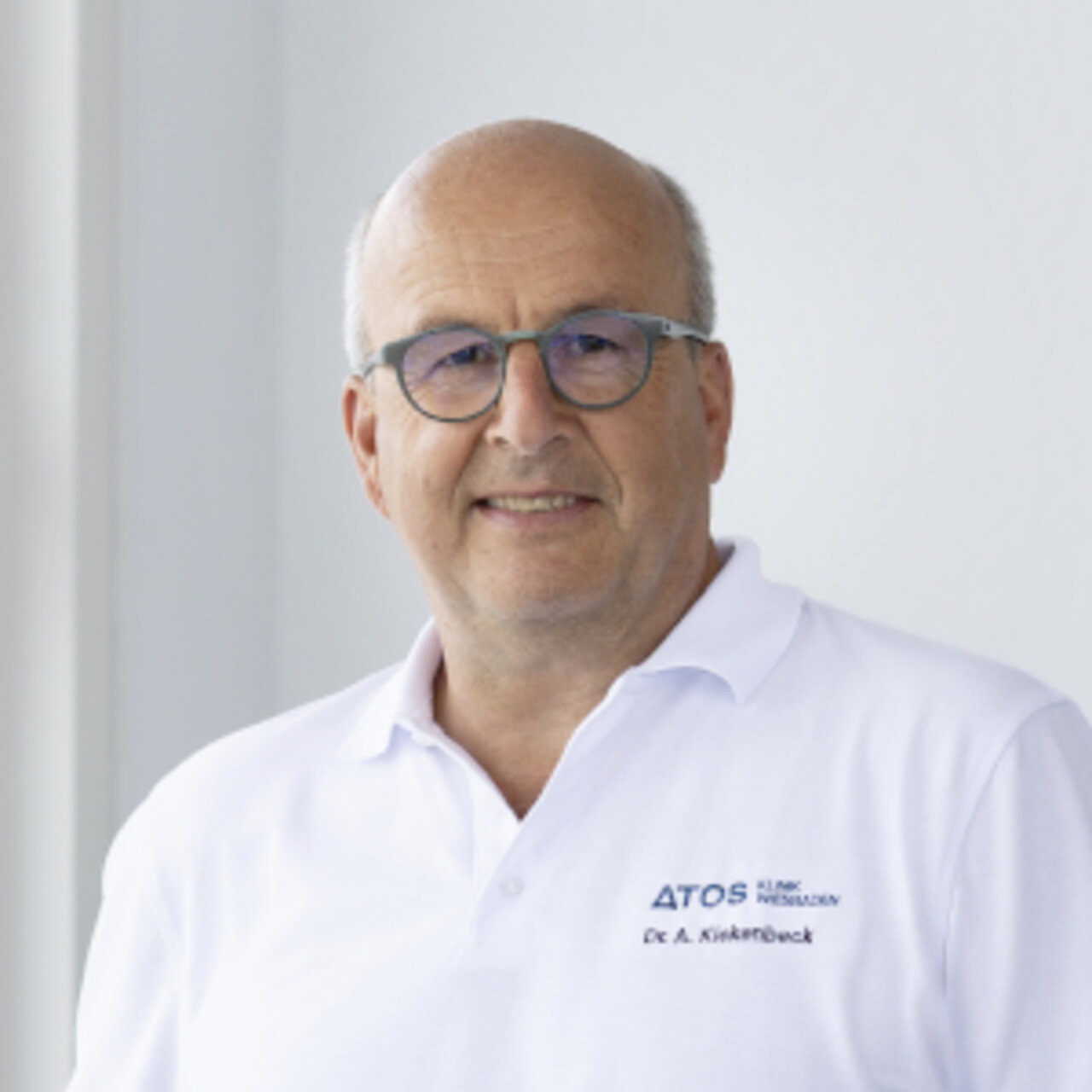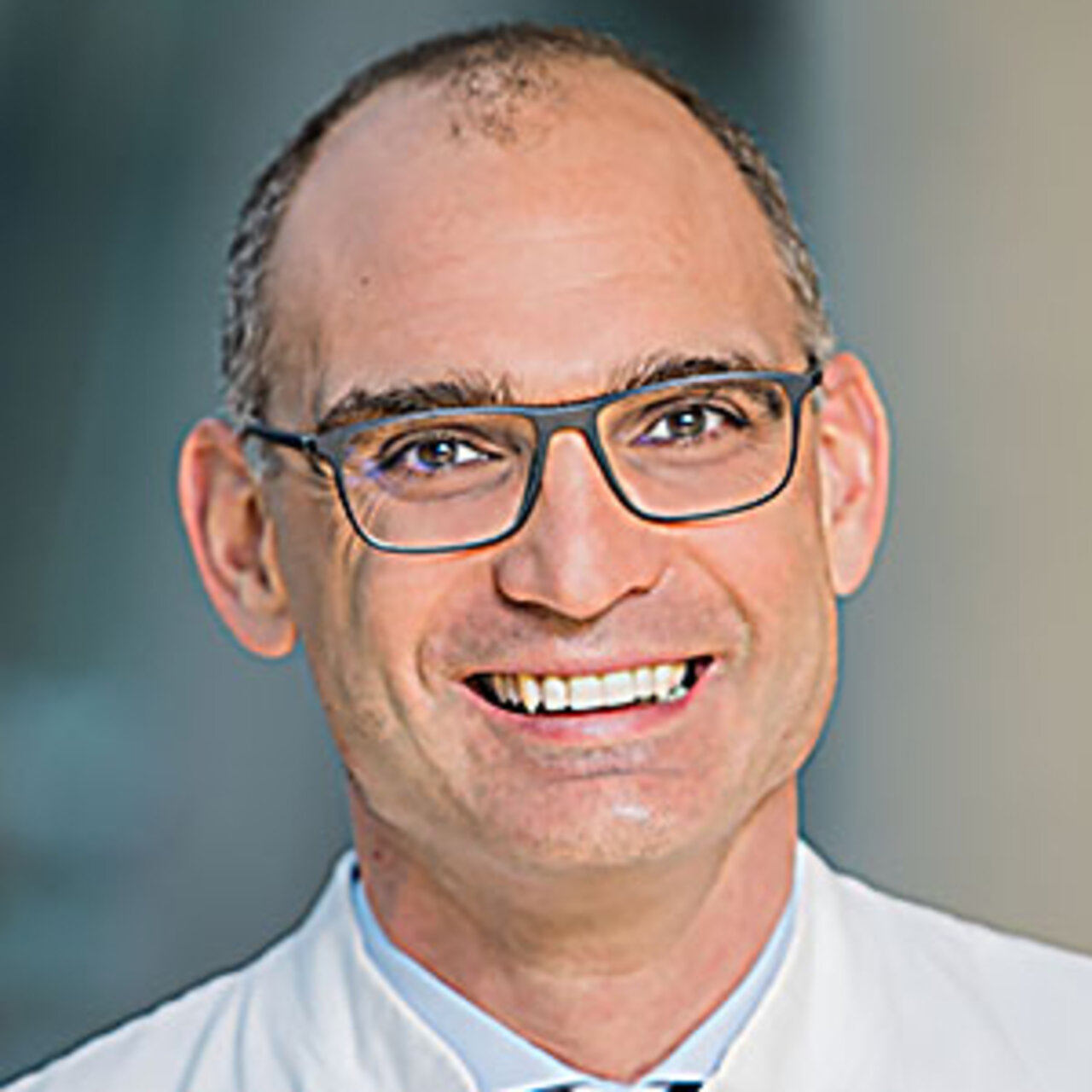Specialists in Elbow Fracture
4 Specialists found
Information About the Field of Elbow Fracture
What qualifies as a fracture of the elbow?
The elbow joint is made up of the humerus, ulna and radius. It is a complex and stable joint formed primarily by the olecranon, a curved bony projection extending from the ulna, which winds around the back of the lower humerus and makes a hinge joint with it. A fracture of the olecranon is referred to as an elbow fracture.
A broken front part of the elbow joint can also be present, in this case the so-called processus coronoideus of the ulna breaks. Such fracture, however, most often occurs along with other complex injuries.
Causes of an elbow fracture
In the majority of cases, falls on the flexed elbow cause a fracture of the olecranon. Direct forces to the relatively vulnerable olecranon, which is located closely below the skin surface, cause the fracture. Also falls on the wrist with an extended elbow can evoke a fracture. In elbow dislocations, the olecranon frequently fractures too. In this case, further associated injuries of adjacent structures frequently occur and depend on the severity of the injury.
How to determine whether the elbow is broken?
The first step is to take a thorough patient history with emphasis on the circumstances of the accident. This is followed by a clinical examination, in which the elbow joint is palpated and examined for signs of fracture. It must also be determined whether lesions of soft tissues are visible externally and in what way blood circulation, range of motion as well as sensitivity of the affected limb are affected.
X-ray examinations are relatively comfortable and harmless to patients, while providing valuable information for assessment of the fracture. In most cases two radiographs from different angles are obtained. CT examination may be required for complex fractures.
Treatment of elbow fractures
The majority of elbow fractures warrant surgical treatment to ensure long-term stability and functionality of the elbow. Although in some cases, conservative therapy may achieve satisfactory results.
Conservative treatment
Treatment that does not involve surgery is referred to as conservative. For elbow fractures conservative treatment is only an option if the fracture is stable and the fragments are not dislocated in relation to each other.
Elderly patients that present with an increased risk from surgery (including secondary diseases or poor overall health) can also be treated without surgery.
The arm is immobilized in a cast for up to 4 weeks in a flexed position. It is important that regular inspections of the plastered arm are carried out in order to prevent any compression points or damage to the motor function and sensitivity.
Physiotherapy represents an important element in the conservative treatment. Once the cast is removed, initially assisted and passive movement is started and starting from about 6 weeks after the injury, the patient can start exercising on his or her own.
Elbow fracture surgery
As mentioned above, the majority of elbow fractures should be treated with surgery if possible. Especially for young patients conservative therapy is not recommended.
The procedure is performed by a specialist in shoulder surgery and the patient is required to stay in the hospital for a few days following the operation. Two main surgical methods are used.
Simple fractures are usually treated with the so-called tension band osteosynthesis. After establishing the correct position of the fracture, the surgeon will insert two straight metal wires adjacent to the fracture gap. These are then connected with flexible wires so that the fracture fragments are pressed together (tension banding) and fuse together (osteosynthesis).
The more complex fractures tend to be stabilized by plates and/or screws (plate or screw osteosynthesis).
Recovery process and prognosis
Surgical treatment can achieve very good results in most cases. After surgery physiotherapeutic exercises are progressively adapted and the load is increased until the patient is able to bear full weight with complete mobility. The time of full recovery varies from patient to patient and ultimately also depends on the severity of the injury as well as the choice of therapy. However, the average patient can expect to be fully able to bear weight after 3 months.



